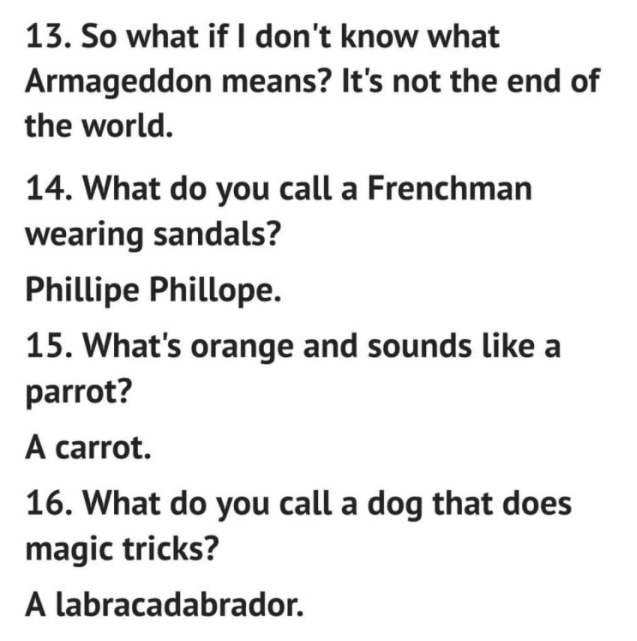Hello Troops,
The following is a story that needs to be told. It is a story that speaks to the power of imagination. It is the story of a young boy going to the CMSEC as a 4th grader, and how that one visit, and numerous visits after that, changed his life and the lives of so many others. For those of you who work in one of the many Voyager inspired simulators, remember this story when you greet your next crew and prep them for their mission. In that group of excited youngsters could be someone who's life will be redirected after experiencing the magic of what you do. Always be your best.
And now, a true Space Center story.
Mr. Williamson
Hello, Troubadours!
There are many people who have made this thing we do with space ships possible. Of course, there is Mr. Williamson, his original team, the countless staff and volunteers who powered the program, our customers and students are all to thank for taking us to this point.
My story is more complicated than I expected and I know Mr. Williamson is always asking for more details from me so I decided to share this and share it with you.
My first visit to the Space Center was during my 4th-grade year at Vineyard Elementary School. It was 1999. The Voyager was still using the small 6-inch black and white Mac computers. I was blown away. The experience changed my life. I had to go back for more, and more, and more. Fast forward two years to the 2001-2002 school year. I was now attending the ALL class at Cherry Hill Elementary School in Orem.
Principal Harward was the principal at Cherry Hill Elementary. I was in sixth grade at his school. The CMSEC was closed for field trips for the first part of that school year due to extensive renovations on the Voyager. The simulator was getting new desks, computers, carpet and some layout changes. I had attended before but was greatly disappointed to be missing out on the much-anticipated 6th-grade trip.
What most people don't know was the role Stan Harward played in the creation of the CMSEC. He was the principal of Central Elementary in 1989 when Mr. Williamson first envisioned the Christa McAuliffe Space Education Center and USS Voyager. He could have easily stopped the program from taking off by withdrawing his support. Instead, he enthusiastically supported his crazy 6th-grade teacher who had an even crazier idea of building a starship simulator onto the school. Many times he went to bat for the Space Center on a district level. He helped any way possible to ensure its success.
My sixth-grade teacher at Cherry Hill assigned us to do a humanitarian aid project. Our class was to help with health care bags for kids in some poor foreign country. We needed to raise the money to fund our project. I went home and called some friends in my class that night. We began brainstorming ideas for building a starship simulator at Cherry Hill.
We proposed our plans to the principal, Mr Harward. He said the school had no money for us but would allow us to use the stage of the school for our space ship. We began a full strategy of how we would carry this out.
We pulled resources from anywhere we could. Fog machines, rotating lights, rope lights, and even a set of 10 computers with 20 monitors from Novell were acquired. We would find what we could around our homes and bring it to our new space ship.
I had never seen a simulator in flight from the control room. I didn't know how things were made to work. I had my theories. The controls were "programmed" by a small team of us in Microsoft word with Hyperlink. We had every station you would find on the bridge of the Voyager that we could produce from memory. At the time, on the CMSEC website, images of the controls were available for anyone to see. We liberally used those for inspiration.
The crew would click buttons on their screens and which would take them to a new screen. This was a tedious process that opened up to 20 different document screens with pre-programmed images that would indicate what the crew was doing. You could toggle between screens by clicking on the menu of screen options that was located at the top of each screen. Keep in mind that we were a bunch of programming illiterate sixth graders. This was our solution to the programming need.
A group of girls in our class sewed the crew uniforms. They were awesome and complete with sashes and command pips. We had three Romulan, three Klingon, and two Cardassian uniforms made. I picked up a communication badge and uniform jacket at the Star Trek experience in Las Vegas for my uniform.
My role was the flight director. At the time we didn't call it that, instead my role was "Tex." Of course, at the time I had no idea the sacrilege I was guilty of as I attempted to do Mr. Williamson's engineering character.
One of the things we couldn't figure out as we prepared to open the simulator for after school groups was how we could do the computer voice. We thought the Space Center's secret was helium. Luckily for us, a member of our team just happened to have a tank of helium and brought to the control room. I used it on our practice mission. I decided to back off of that idea after getting a throbbing headache. Instead, I decided to just do a bubble in the back of my throat and take my best shot at that being the computer voice.
I rented the music from the Orem Public Library. While at the library one day I ran into an old space center supervisor Blue Shirt named Soren. He gave me a few tips on what music I should rent from the library for our debut missions.
At the time I knew no one was taking us seriously. However, I had seen enough episodes of 'Recess' to know that we were fully capable of doing something incredible.
The controls were now working, the ship looked as good as a zero dollar budget ship could look and we had our control room in place. We named the ship "Voyager". We named our new space center the Star Trek Adventure Center. The stage was arranged to look like a bridge and the overhead lights gave us the colored effect we were hoping for.
The control room was ten slave monitors, a music system, a karaoke machine, a mess of disks, a mission script, and a handful of essential props to entertain our crew.
We had missions available for 3rd-6th graders in two different sessions: 2:15-3:30pm session ($3.00 per person) and a 3:30-4:20pm session ($2.50 per person.) All of the proceeds were to go to our humanitarian aid fundraising efforts.
The missions began with us pushing a large wooden box on wheels around the lunch room with a paper enclosure on the top. We packed three kids into this thing. The exterior was decorated to model the old Galileo. We threw basketballs and kickballs (asteroids) at it for two minutes as we flew the kids to their boarding ramp. Once we arrived at a doorway next to the stage, we would carefully 'dock' the kids and have them walk to the bridge. We repeated this until all 7-10 kids were loaded.
Training was simple, the crew was briefed by yours truly and off they went on a 30-45 minute adventure. The missions were terrible but the kids had a great time and so did we.
We raised $700.00 for our humanitarian aid packets by the conclusion of the project and had a very bonded group of kids .
If Prinipal Harward hadn't allowed this all to happen (it's sort of a miracle he did), I never would have worked at CMSEC and made the friends I made. I also never would have gotten involved with what we did at DSC and I certainly wouldn't have been involved with what we now do at InfiniD.
It is a rad story and I am terrifically proud of what we created on the stage of Cherry Hill Elementary.
By the way, my name is Casey Voeks.
Thank you!
The Imaginarium
















































































































































































































































